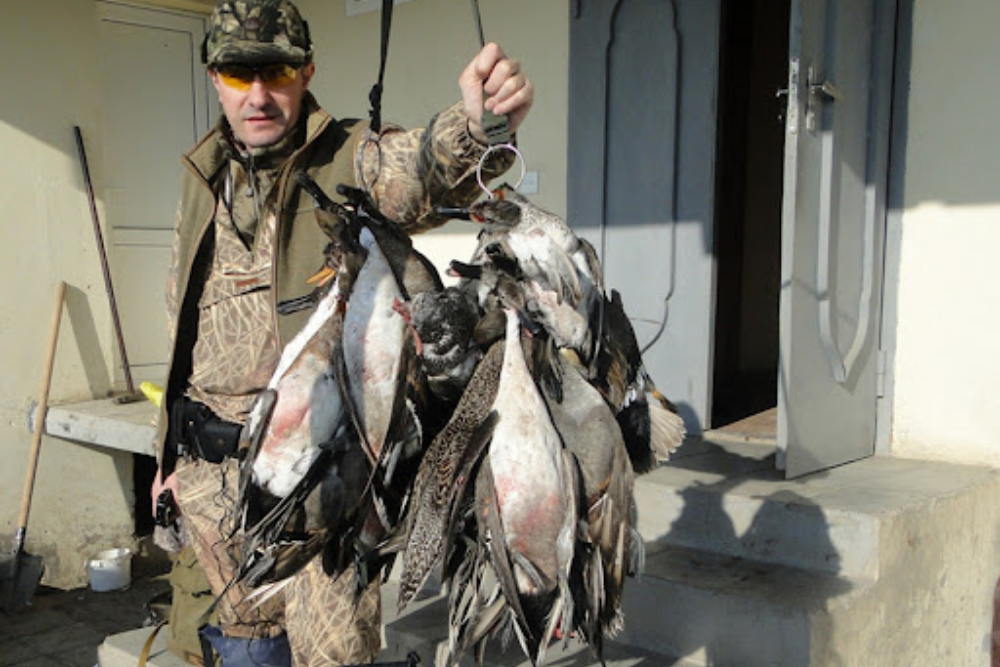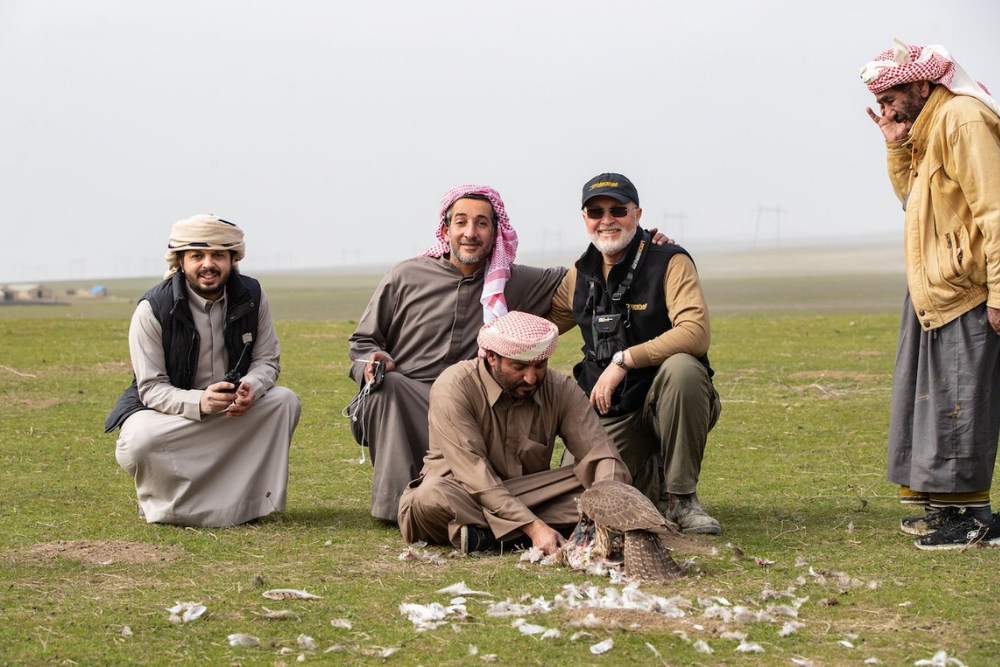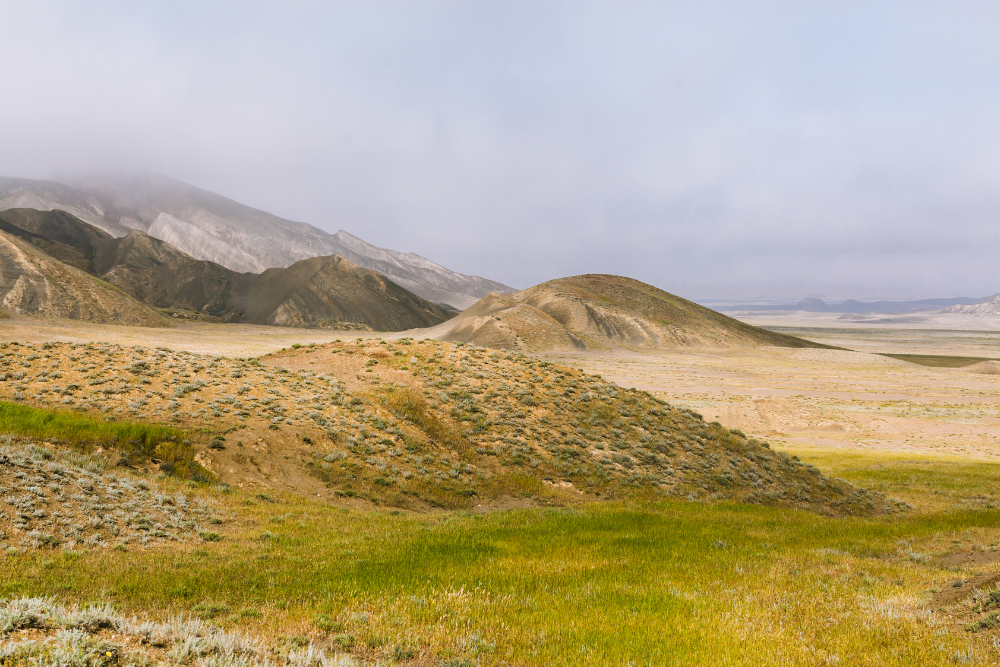Azerbaijan, a land of rich cultural heritage and natural beauty, boasts a deep-rooted tradition of falconry that dates back centuries. This ancient practice, once reserved for nobility and warriors, continues to thrive today as both a sport and a symbol of national pride. For those eager to witness and experience Azerbaijani falconry firsthand, here’s a comprehensive guide to its history, significance, and where to see it in action.
The History and Significance of Falconry in Azerbaijan
Falconry in Azerbaijan traces its origins to nomadic and warrior cultures that valued birds of prey for their hunting prowess. These majestic birds, particularly falcons and hawks, were trained to assist in hunting game, providing both sustenance and sport. Over time, falconry became more than just a means of survival; it evolved into an elite tradition associated with power, prestige, and deep respect for nature.
The significance of falconry extends beyond hunting—it is deeply embedded in Azerbaijani folklore, poetry, and art. Stories of legendary hunters and their loyal birds are often recounted, and traditional Azerbaijani carpets sometimes depict falconers as a symbol of strength and skill.
The Birds and Their Training
Azerbaijani falconers primarily train birds such as the peregrine falcon, saker falcon, and golden eagle. The training process is meticulous, requiring patience and expertise. Falconers build trust with their birds, using a combination of positive reinforcement, controlled feeding, and repetitive training exercises.
Young birds undergo months of conditioning before they are fully prepared to assist in hunting. Falconers teach them to recognize commands, return to their handler, and swiftly capture prey. The bond between the falconer and the bird is essential, as mutual trust ensures successful hunts and long-lasting companionship.
Where to Experience Falconry in Azerbaijan
For those interested in witnessing this incredible tradition firsthand, there are several places in Azerbaijan where falconry is practiced and demonstrated:
- Gobustan National Park: Known for its ancient petroglyphs and stunning landscapes, Gobustan occasionally hosts falconry demonstrations where visitors can observe birds of prey in action against a dramatic backdrop.
- Shamakhi Region: With its open fields and historical ties to falconry, Shamakhi is a prime location to witness skilled falconers demonstrating their birds’ abilities.
- Guba and Gusar: These northern regions, surrounded by mountains and forests, provide an ideal environment for falconry. Visitors may find local hunters practicing traditional hunting techniques with their birds.
- Baku and Cultural Festivals: The capital city often features cultural festivals where falconry is showcased, allowing tourists to learn about its history and even interact with trained birds.
Preservation and Modern-Day Falconry
While modern technology has reduced the necessity of falconry for survival, Azerbaijan continues to preserve this tradition through dedicated falconry clubs and conservation efforts. Organizations work to protect native bird species, ensuring sustainable practices that honor the country’s heritage while maintaining ecological balance.
Conclusion
The Azerbaijani falconry tradition is a fascinating blend of history, skill, and deep respect for nature. Whether you’re an avid bird enthusiast or simply curious about this ancient practice, witnessing falconry in Azerbaijan offers a unique glimpse into a living tradition that has endured for generations. By visiting key regions and cultural events, you can experience the beauty and precision of falconry while gaining a deeper appreciation for Azerbaijan’s rich heritage.












